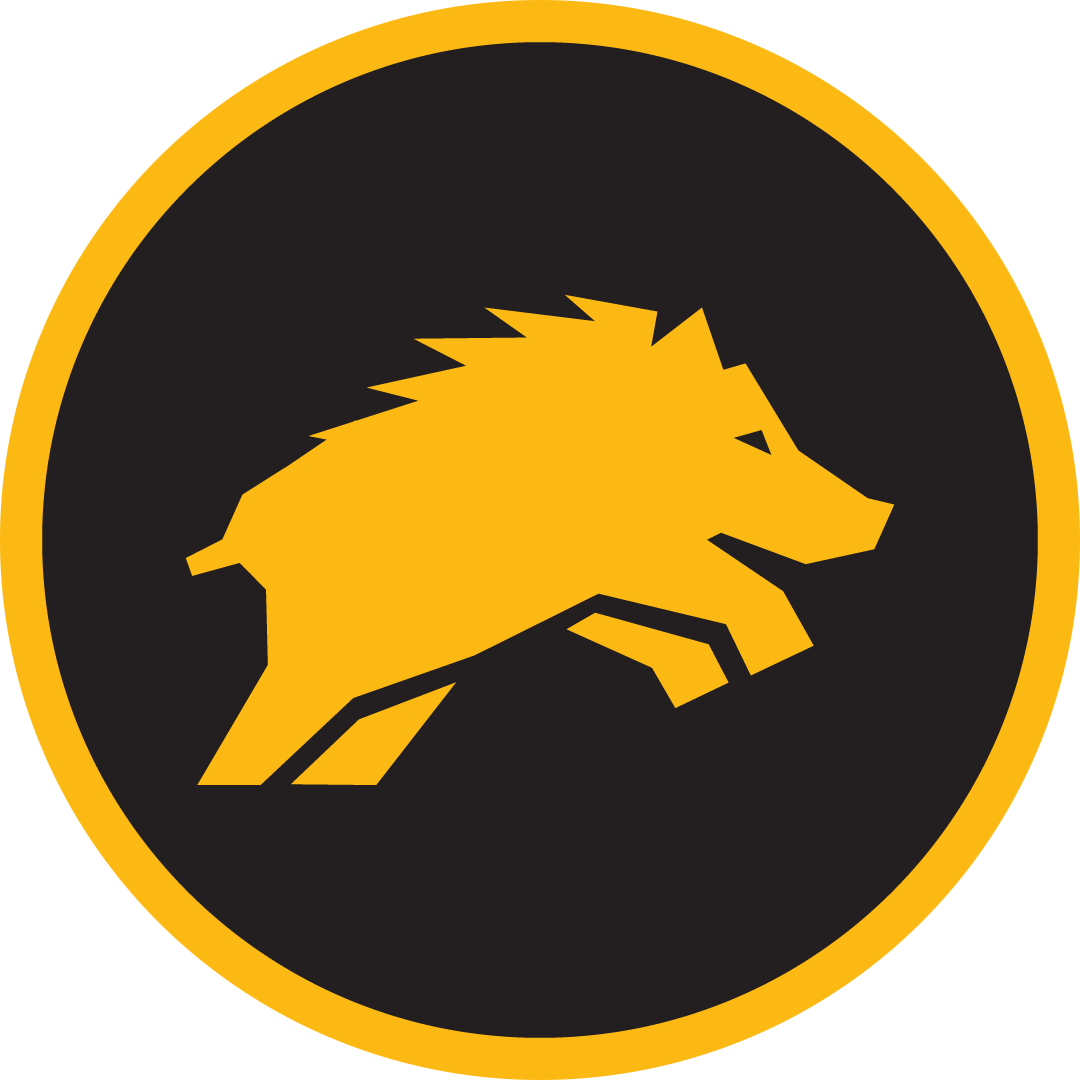#
Browser Nodes
#
Overview
Warthog is the first and only crypto project that brought full nodes to the browser. This is possible by harnessing latest technology such as OPFS and SQLite's recent support for it.
There are 3 types of Warthog nodes:
For now browser nodes cannot communicate between each other and are only connected to bridge nodes. Warthog nodes of version 0.7.47 or above can be used as a bridge node.
